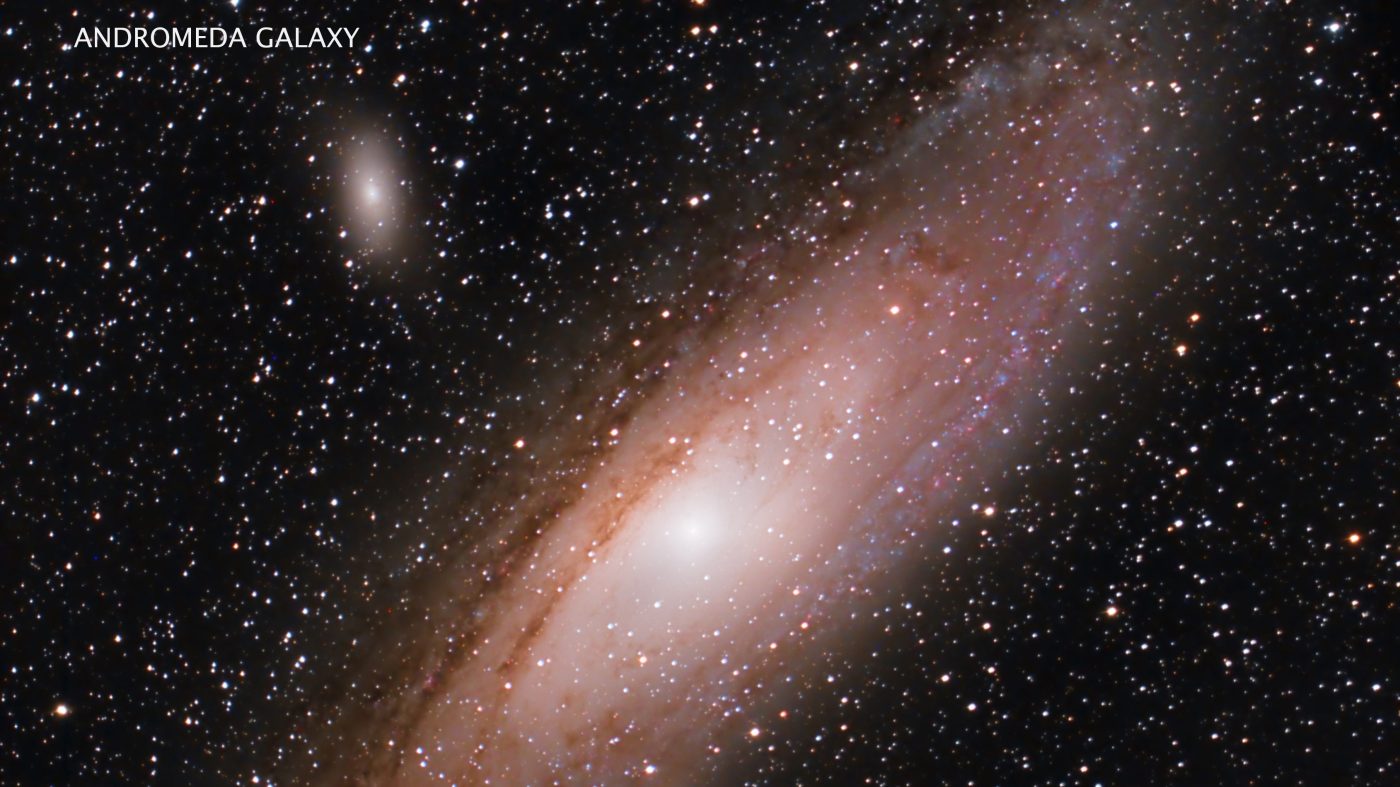
Skywatch: A celestial Rudolph the Red-Nosed Reindeer?
Is that Rudolph the Red-Nosed Reindeer in the stars? Not exactly, but I’m going to try to give you the closest thing in the night sky that has something to do with the magic of Rudolph.
The stories of most of the brighter constellations in our night skies involve Greek and Roman mythology, so it’s tough to find one that has much to do with Christmas or reindeer. Monoceros the Unicorn is the only one that even comes close, but it’s a really faint, deep-track constellation. It resembles a radio or TV antenna rising in the eastern sky on these mid-December evenings, just behind the majestic, well-known winter constellation Orion the Hunter.
(Mike Lynch)
A constellation on the rise in the evening this time of year doesn’t have a red nose like Rudolph, but he does have a bright red eye. It’s Taurus the Bull, prowling around the heavens almost all night at this most wonderful time of year. It’s a small but distinct constellation that’s part of a group of constellations that I call “Orion and his Gang.” This neighborhood of the night sky is also known as the “Winter Circle.” No matter what you call it, it’s the most prominent group of bright stars and constellations available throughout the year.
The best way to find Taurus the Bull is to use the bright star cluster that jumps out at you about halfway from the eastern horizon to the overhead zenith. That’s the Pleiades, a cluster of astronomically young stars only 110 million years old. The Pleiades are slightly over 400 light-years away, with just one light-year equaling nearly 6 trillion miles. Even if you have to put up with some light pollution, you’ll have no problem seeing the Pleiades, also known as the “Seven Little Sisters.” It resembles a miniature Big Dipper.
Just below the Pleiades, look for a small, mostly dim arrow of stars pointing to the right. That little arrow is supposed to outline the snout of Taurus the Bull. The one star that isn’t dim on the sideways-oriented face of Taurus is Aldebaran, which marks the beast’s ruddy eye. His other eye isn’t red and is much fainter. Aldebaran has a reddish hue, even to the naked eye, that indicates it’s a relatively cool star, about 6,600 degrees F. The sun’s surface temperature is about 10,000 degrees F. While it is a cooler star, Aldebaran is much larger than our home star, with a diameter of at least 30 million miles. Our sun isn’t even a million miles in diameter. Aldebaran would be much brighter in our night sky if it weren’t so distant, at over 65 light-years away.
If you extend the rungs of the arrow to the left, you eventually run into two stars that mark the ends of the Bull’s long, sharp horns. The brighter star on the tip of the upper horn is called Elnath, also part of a lopsided pentagon of stars that make up the constellation Auriga, a retired chariot driver turned goat farmer.
Every Christmas season, I watch the classic TV show “Rudolph the Red-Nosed Reindeer,” narrated by the late, great Burl Ives. I’m now 67 years old, but I clearly remember the first time I saw Rudolph when I was a kid back in 1964. I still get that warm, fuzzy feeling every time I see it. Unfortunately, the celestial soap opera involving Taurus, the red-eyed bull, doesn’t set off any warm and fuzzy holiday feelings. It’s a story of deceit.
Zeus, the king of the Greek gods, had an unhealthy obsession with the ladies and used all kinds of schemes to attract them. One of the many he was after was Princess Europa, the daughter of a Phoenician king. Zeus had made conventional overtures to her, but she was underwhelmed. I don’t even think mistletoe would have helped.
Zeus had to get more creative. He knew that Princess Europa loved to raise prize bulls and would spend hours and hours in the pasture with the beautiful beasts. So, with his godly magical powers, Zeus turned himself into Taurus, a gorgeous white bull with golden horns, and wandered into Europa’s pasture. The princess was delighted by Taurus’ beauty and tameness and spent hours grooming the god in bull’s clothing.
One day, Europa put a saddle on his back and hopped on. This was Zeus’s big opportunity. After a few gentle strolls, the bull kicked it into gear and shot across the countryside with Europa clinging on. She was frightened but also excited by the adventure. Not even the approaching seashore would slow the bullish Zeus. He charged into the waves with Europa still barely clinging on. He swam all the way to the Greek island of Crete and finally hit the brakes. Europa was wet, frightened, and sunburned but exhilarated by the wild ride. It was then that Zeus revealed his true identity to the princess.
That did it! Europa fell head over heels for Zeus, but it wasn’t a long-term relationship. After a while, Europa had enough of Zeus’s carousing. Late one night, the king of the gods came home to find the locks on the door changed and all of his godly clothes in the front yard. Even though he wasn’t a bull anymore, Europa still put Zeus out to pasture.
I sure wish this story had a merry holiday ending, but like most Greek and Roman constellation stories, there aren’t many happy endings. There are no “It’s a Wonderful Life” or “Miracle on 34th Street” endings here!
Mike Lynch is an amateur astronomer and retired broadcast meteorologist for WCCO Radio in Minneapolis/St. Paul. He is the author of “Stars: a Month by Month Tour of the Constellations,” published by Adventure Publications and available at bookstores and adventurepublications.net. Mike is available for private star parties. You can contact him at mikewlynch@comcast.net.
Related Articles
Skywatch: Jump out of bed for the Geminids
Skywatch: The season to be under the stars
Skywatch: Your guide to buying a telescope for holiday giving
Skywatch: Jupiter’s jumped in


